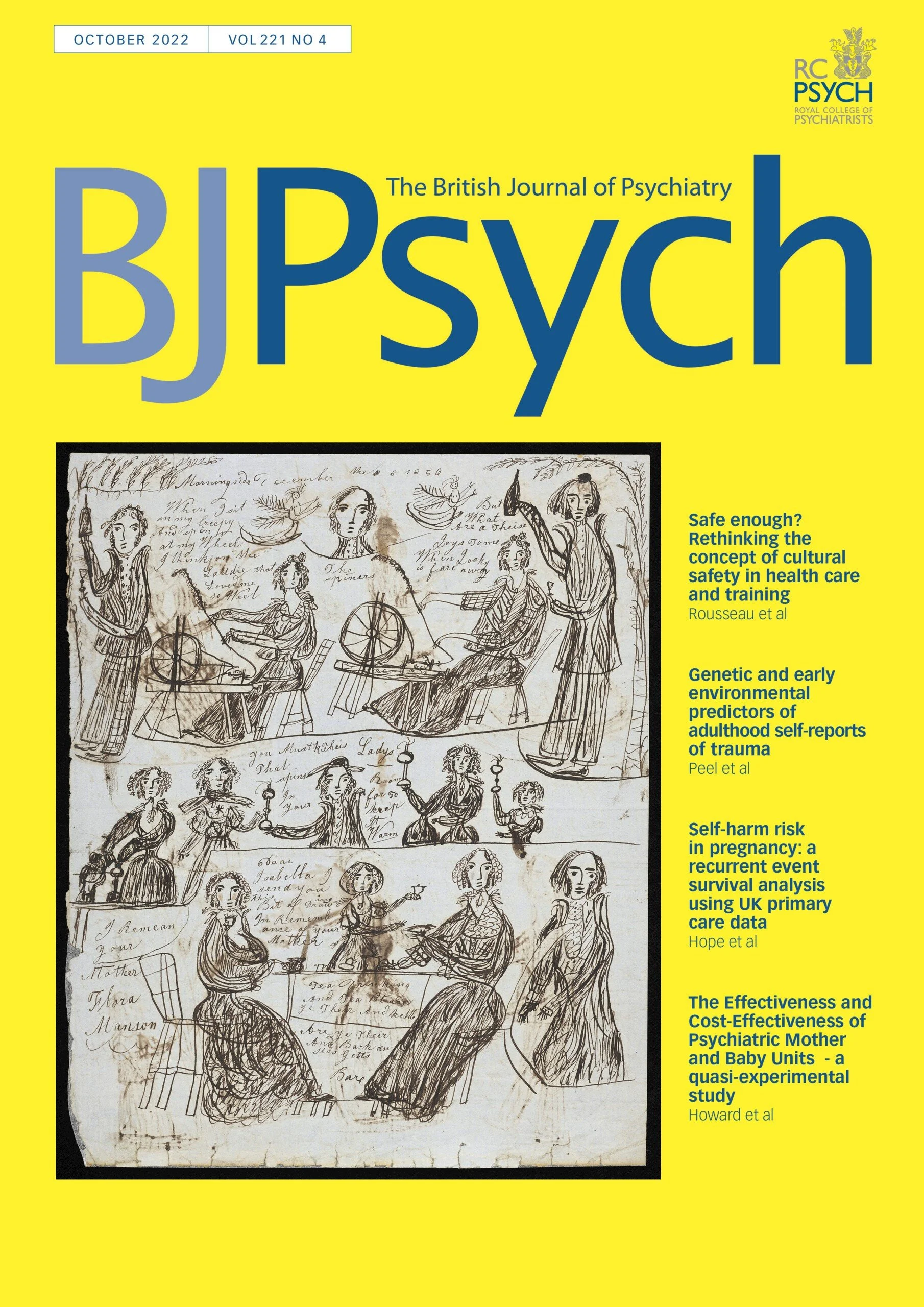October 2022
/Excerpt below from the October 2022 Kaleidoscope column in The British Journal of Psychiatry (BJPsych). You can read the full column for free here
Antidepressants and electroconvulsive therapy (ECT) are two areas of mental health where there are strong polarised views on the available data. Writing in the BMJ, Stone et alReference Stone, Yaseen, Miller, Richardville, Kalaria and Kirsch1 explored 232 placebo-controlled randomised controlled trials (RCTs) of antidepressant monotherapy for major depressive disorders submitted by a drug manufacturer to the Food and Drug Administration between 1979 and 2016. Individual participant level analysis was undertaken on the more than 73 000 subjects and showed positive drug efficacy, which was greater in more severe illness. After controlling for baseline severity, age and gender, effects were stable across the period in both placebo and active intervention groups, rebutting the common claim that placebo responses have been increasing with time. More interesting was the trimodal response distribution into large, non-specific and minimal responses. Those treated with active medication were more likely to show a large response and less likely to show a minimal response. The authors argue that delineating trials more simply into responders/non-responders misses this nuance, and that averaging out results hides subpopulations. This brings us back to an issue we have discussed in Kaleidoscope previously: the range of depressions and how we prospectively delineate the genetic, psychological and social factors that make individuals more or less likely to show an optimal response to an antidepressant.
On to ECT, where the challenge is typically about the lack of adequate placebo-controlled RCTs. This is not an unreasonable observation, though not unique to ECT. Emergency and urgent issues, such as rapid tranquilisation or managing a ruptured aorta, present particular ethical issues when considering randomisation to a placebo group. This has been clearly one of the key issues for ECT, which is most commonly given as an urgent intervention in very profoundly depressed and vulnerable individuals. There are sham-controlled trials, but they are pretty dated now and were often methodologically challenged. However, there are ways to work around the RCT problem, and recent work has compared ECT with medications and other forms of neuromodulation. Kaster et alReference Kaster, Blumberger, Gomes, Sutradhar, Wijeysundera and Vigod2 took a Canadian data-set to retrospectively explore the risk of death by suicide in the year following a psychiatric admission for depression, comparing those who had ECT (just under 5000) with those who had not (over 62 000). The study is notable for its attention to bias and confounders, with propensity score weighting used to account for over 100 covariates, including illness severity and social supports. ECT was associated with an approximately 50% reduced rate of death by suicide and a 25% reduction in all-cause mortality. Interestingly, no association was found between the number of ECT treatments and risk. It is worth considering that even a very well-designed RCT on ECT could not have found this: suicide is all too frequent, yet it is ‘relatively rare’ at a population level, and no RCT could ever be adequately powered to detect such change. Each trial method carries its own strengths and weaknesses. Will these new papers convince those seemingly philosophically opposed to either intervention? We shall have to see.


